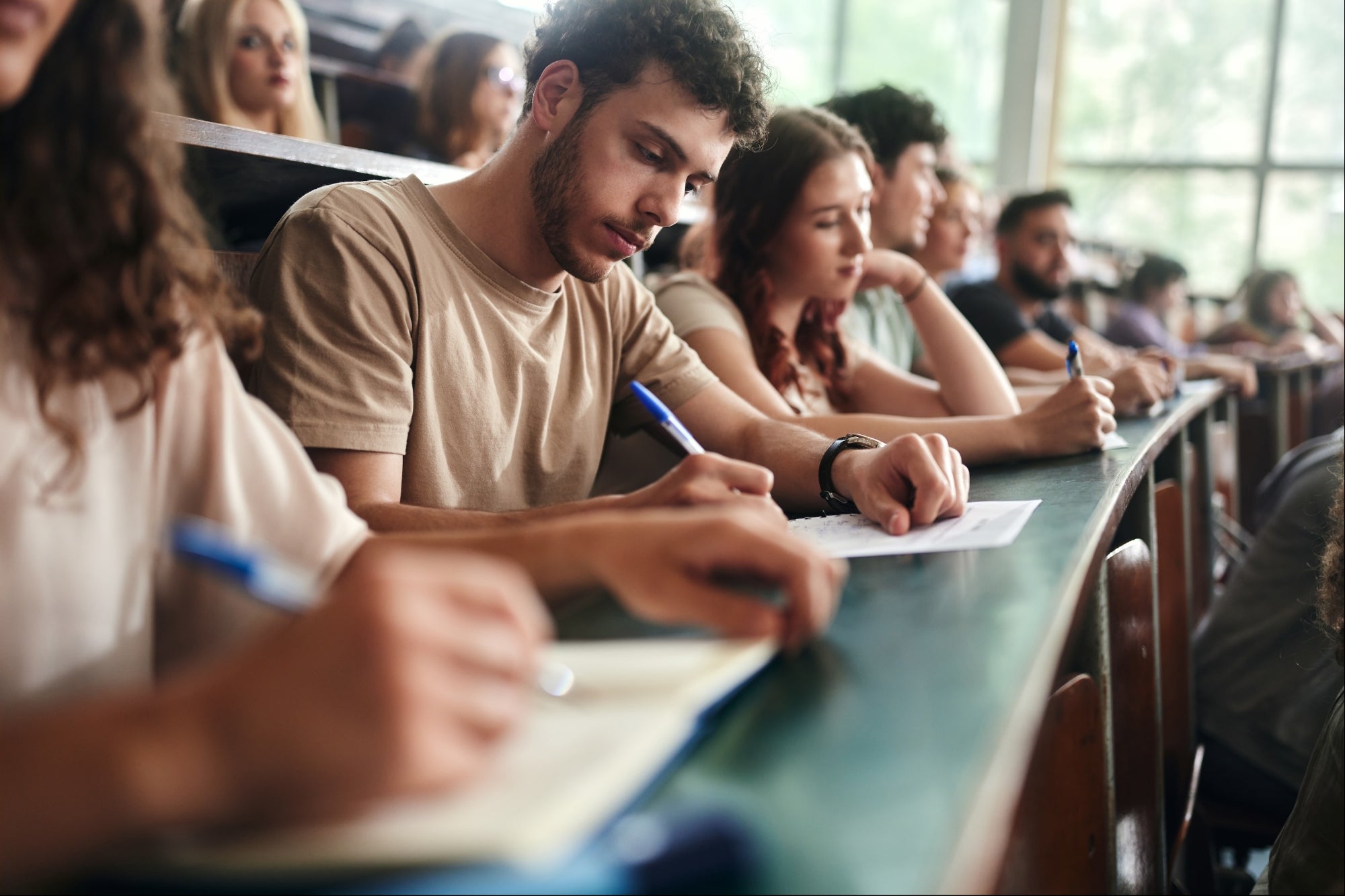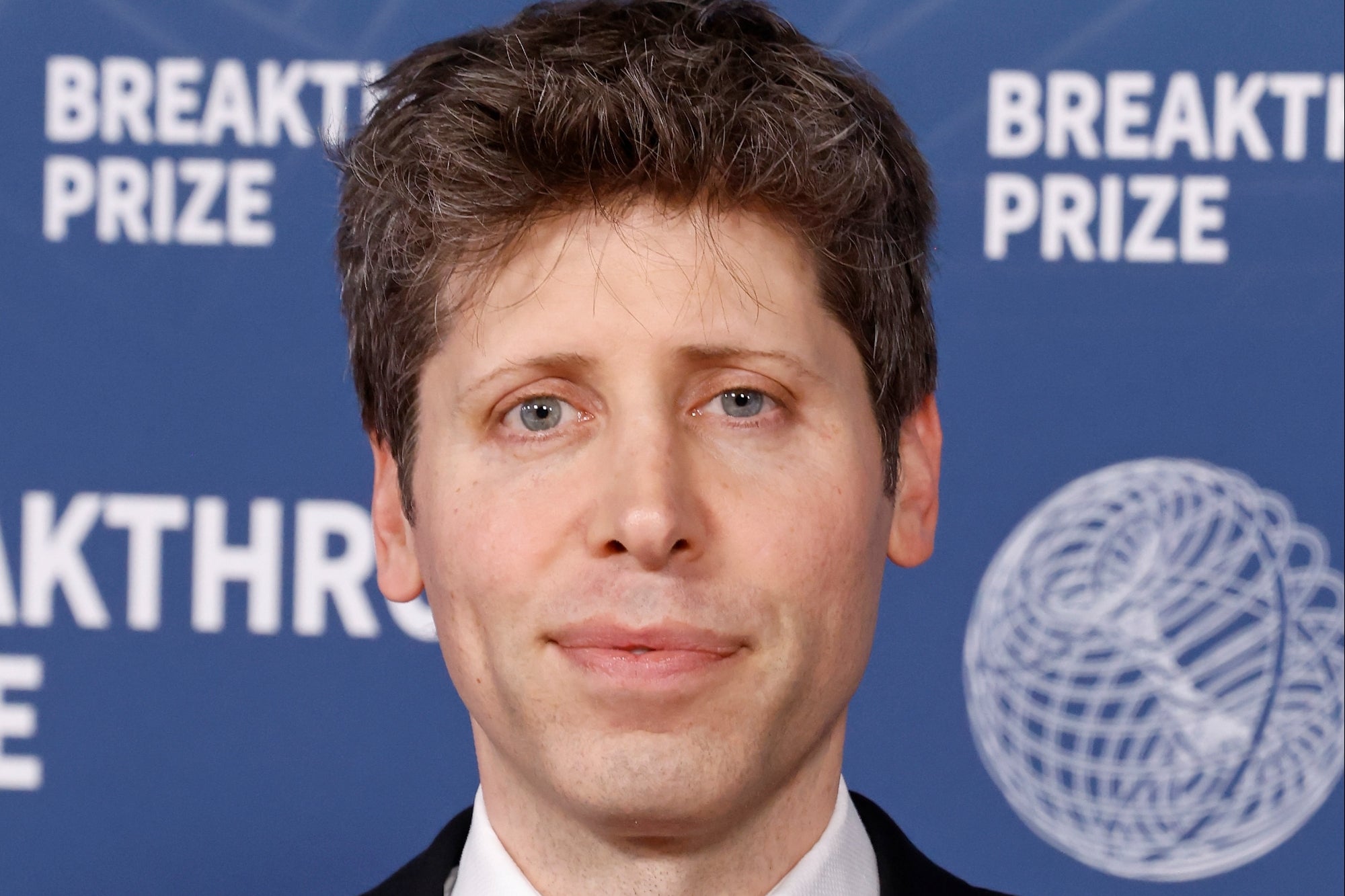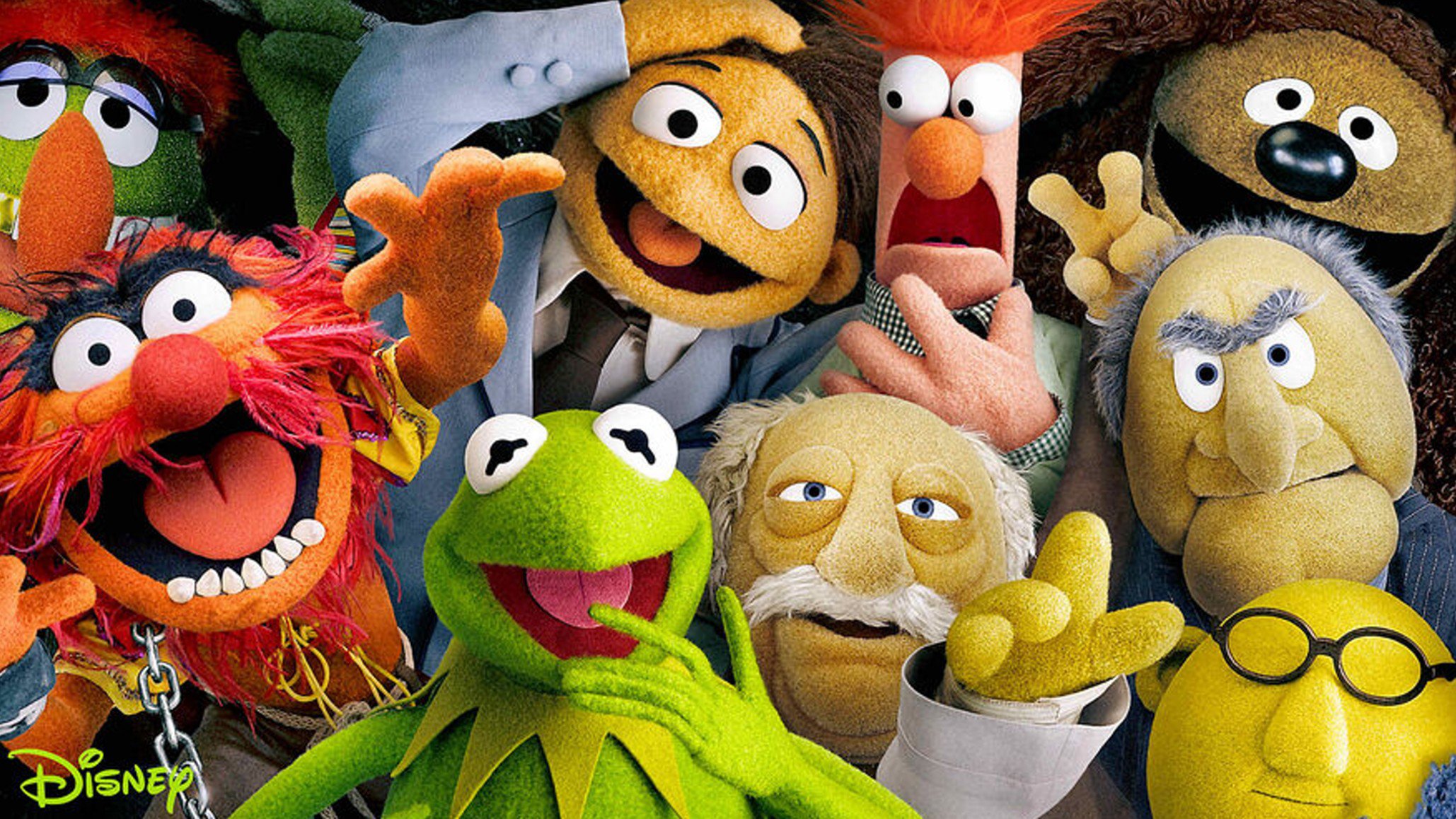A trailblazing new partnership will bring AI power to bestselling toys.
Mattel announced on Thursday that it had signed a deal with OpenAI to bring ChatGPT to its “iconic” toys. The toymaker is the company behind popular items, including Barbie, Hot Wheels, UNO, and more.
“We’re pleased to work with Mattel as it moves to introduce thoughtful AI-powered experiences and products into its iconic brands, while also providing its employees the benefits of ChatGPT,” OpenAI Chief Operating Officer Brad Lightcap said in a press release.
 Barbie dolls. Photo by Tom Starkweather/Bloomberg via Getty Images
Barbie dolls. Photo by Tom Starkweather/Bloomberg via Getty Images
According to TechCrunch, the deal is the first-of-its-kind for OpenAI, which has signed deals with companies like Reddit and Google but never with a toymaker. Mattel had not yet signed any deals with any AI companies. The move will also see Mattel incorporate ChatGPT Enterprise into its business operations, so staff can use the chatbot on the job to help design new products.
The partnership is in its early stage, with its first product expected to be announced later this year. Lightcap and Mattel’s Chief Franchise Officer Josh Silverman told Bloomberg that Mattel could use AI to create digital assistants based on characters like Polly Pocket or to enhance games like UNO.
“It’s really across the spectrum of physical products and some experiences,” Silverman told the outlet, while also noting that Mattel isn’t licensing its intellectual property to OpenAI, and it retains full ownership of the products being created.
Mattel is pushing into digital gaming and intends to launch its first self-published game next year.
Related: OpenAI CEO Sam Altman Says AI Agents Are Like a Team of ‘Junior Employees’
Meanwhile, OpenAI is planning a broader push into physical products.
Last month, the ChatGPT-maker announced its biggest deal yet with its plans to acquire io, a startup created by former Apple designer Jony Ive, for $6.4 billion. The deal brings Ive and his 55-person team over to OpenAI to work on hardware embedded with ChatGPT, which could include headphones and devices with cameras, according to a Wall Street Journal report.
OpenAI is worth $300 billion after a record fundraising round in April. Mattel had a market cap of $6.23 billion at the time of writing.
A trailblazing new partnership will bring AI power to bestselling toys.
Mattel announced on Thursday that it had signed a deal with OpenAI to bring ChatGPT to its “iconic” toys. The toymaker is the company behind popular items, including Barbie, Hot Wheels, UNO, and more.
“We’re pleased to work with Mattel as it moves to introduce thoughtful AI-powered experiences and products into its iconic brands, while also providing its employees the benefits of ChatGPT,” OpenAI Chief Operating Officer Brad Lightcap said in a press release.
The rest of this article is locked.
Join Entrepreneur+ today for access.




